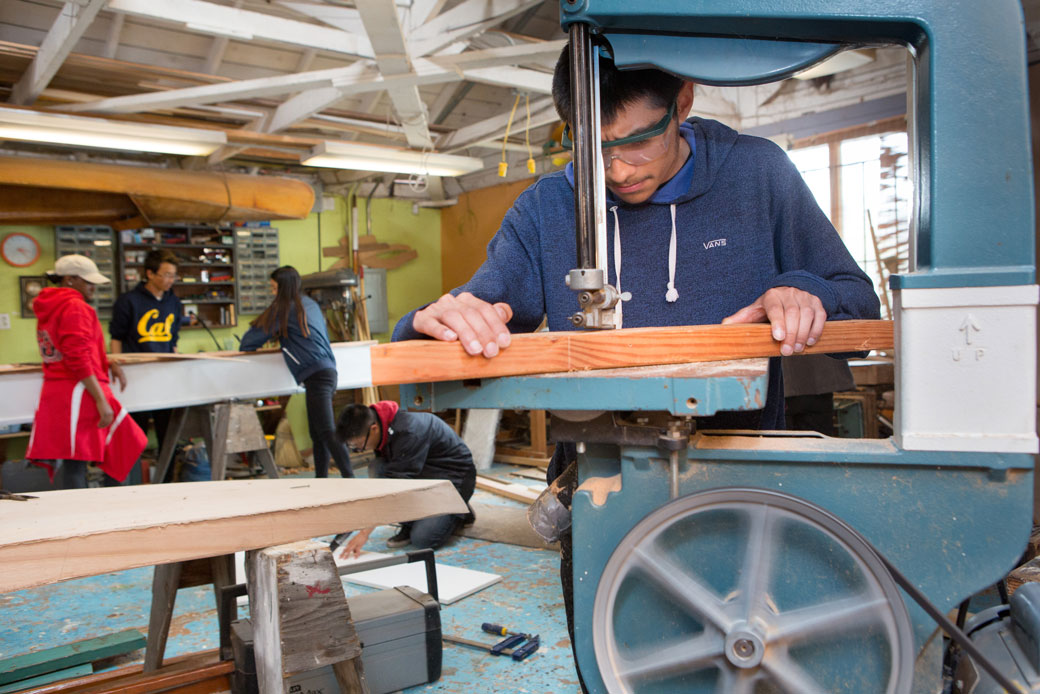👩🏻🎓📈📹 Student insights into raising high school graduation rates, an uncommon approach to professional learning, a video series that asks (and answers) some big questions, common themes in high school redesign, and advice on applying learning sciences to your own school.
1. SHARE: Lifted spirits, broken hearts.
Leaders from two national education organizations wanted a better idea of what students need to succeed in high school and beyond. So, they did the smart thing: they asked them. This Hechinger Report summary of their conversations in Allentown, PA, and Washington, DC, offers five share-worthy lessons for educators. Spoiler alert: “What young people are asking for isn’t actually very complicated: Do we believe in them? Will we listen to them and take their challenges and feelings seriously? And will we support them on their journey? The answers shouldn’t be difficult — if we listen.”
2. TRY: Uncommon professional learning.
We hear you—you want to build your skills and follow your own interests, but boring “sit and get” professional development on a topic that someone else chose for you is still a thing. (Sigh.) Wouldn’t it be cool if you could create, save, and share things you wanted to learn about from many sources and providers into your own playlists? YOU CAN! And it’s free. Explore the Learning Commons brought to you by The Learning Accelerator and Yet Analytics to dive into existing playlists like “sustaining innovation” and “social-emotional learning” and to create your own.
3. WATCH: “Why”?
Education Reimagined partnered with 180 Studio and ATTN: to create a video series exploring the “Why” of traditional education. These are big questions. Which one keeps you up at night?
Why does age determine the how, what, and with whom of learning?
Why are classrooms the only place learning counts?
Why does memorization reign supreme in traditional learning?
4. READ: Redesign research.
At XQ, we believe there’s no single best approach to high school redesign. New research from Center for American Progress confirms that. While there’s no simple formula that works for every community, there are some common themes that inform CAP’s recommendations. What makes other high school redesign efforts successful according to the researchers? Programs that go ”beyond their focus on college and career readiness…and emphasize the importance of small learning communities to connect with and support students; organize learning based on the skills and knowledge students should have as members of the workforce and their community; emphasize hands-on project-based learning; and/or embed social and emotional learning or other student supports into the school day.”
5. APPLY: Building bridges.
When it comes to education, the gap between research and practice is widely recognized. It’s great when orgs step up to build bridges. That’s what Transcend set out to do with the new Designing for Learning resources intended to help educators and school designers apply the science of how young people learn and develop. These resources synthesize a wealth of research on the questions like, How does learning happen? And how can we create environments that best support it? There’s even a set of cards and activities to support teams in applying the research to their own schools.
TAGS:







